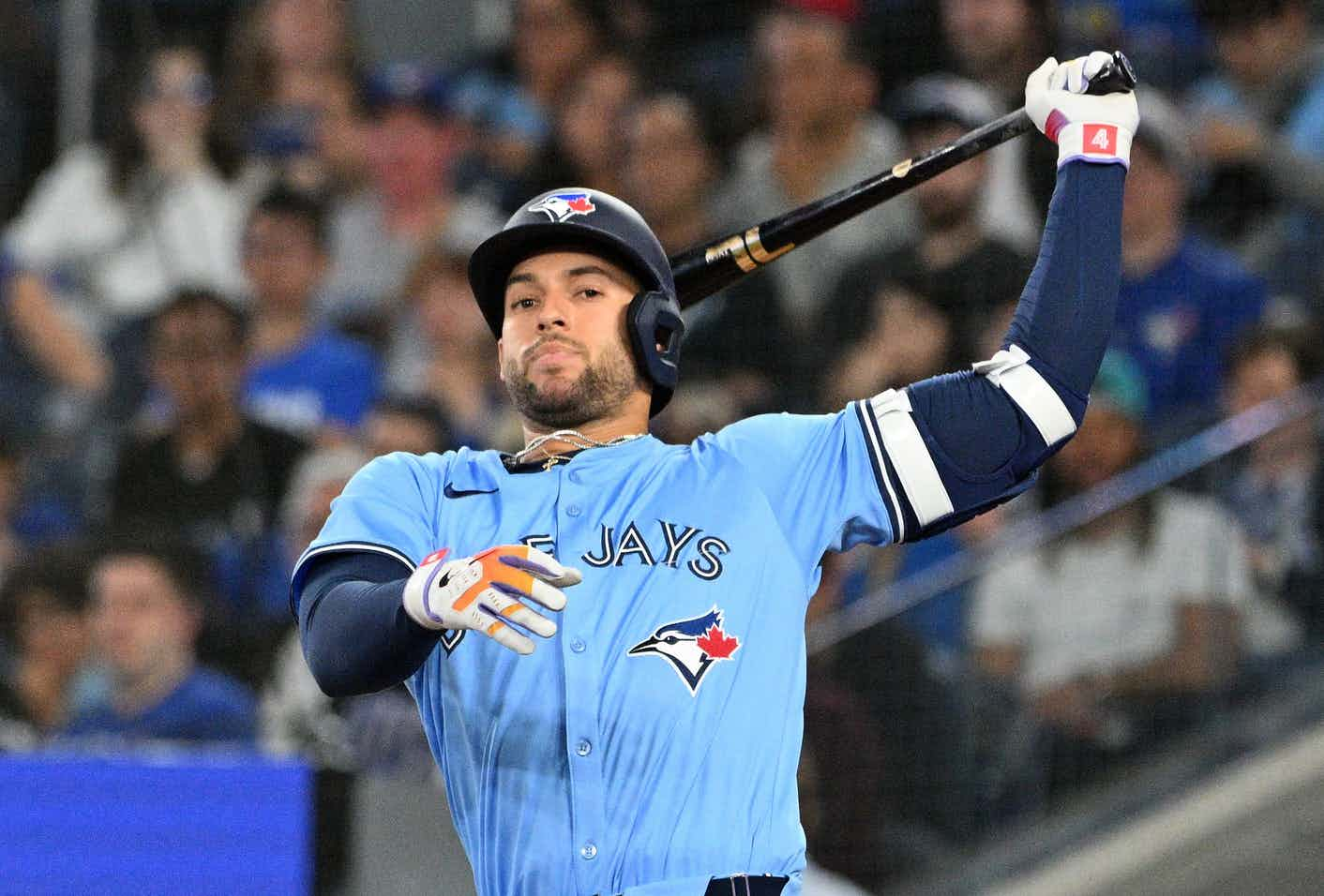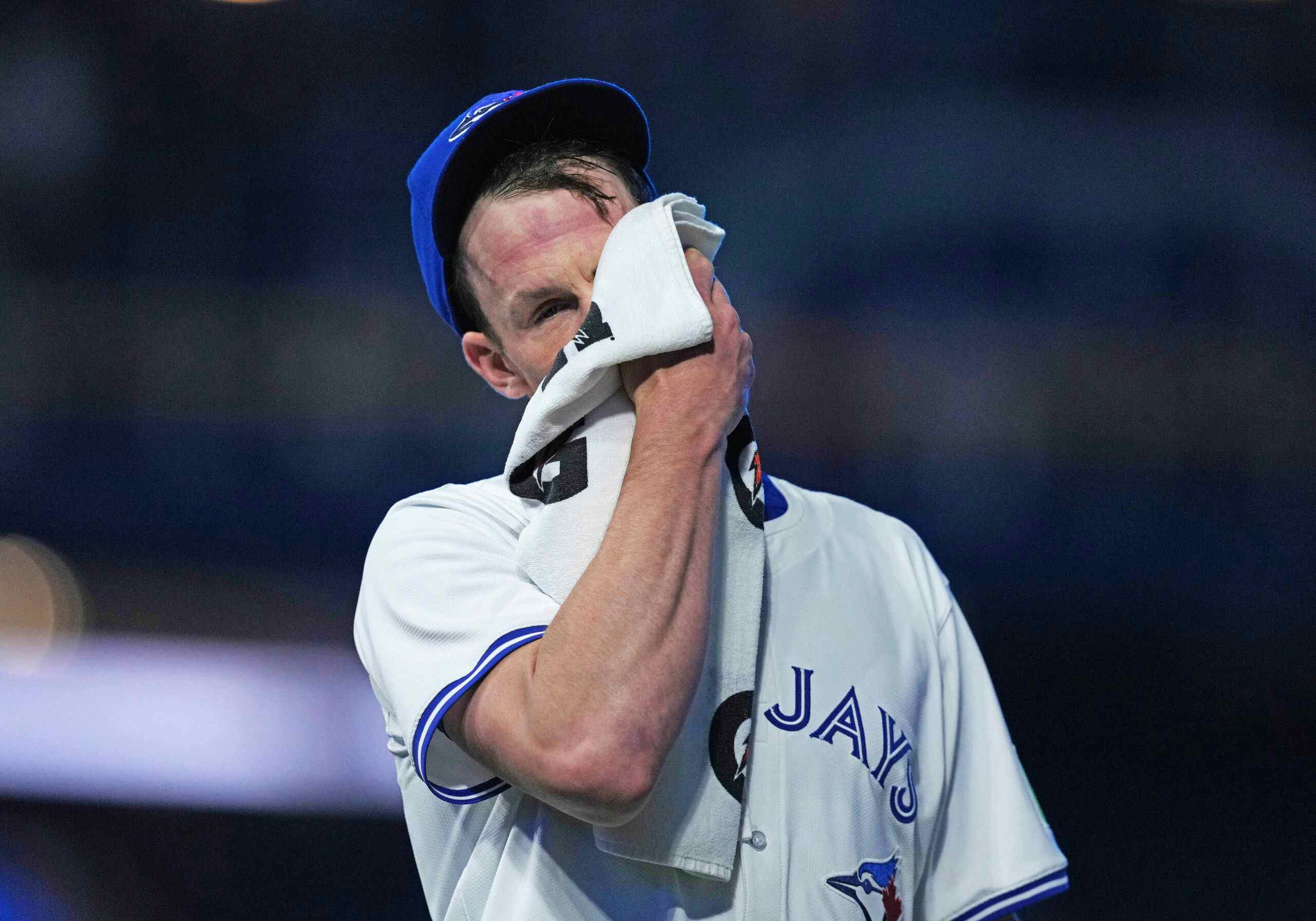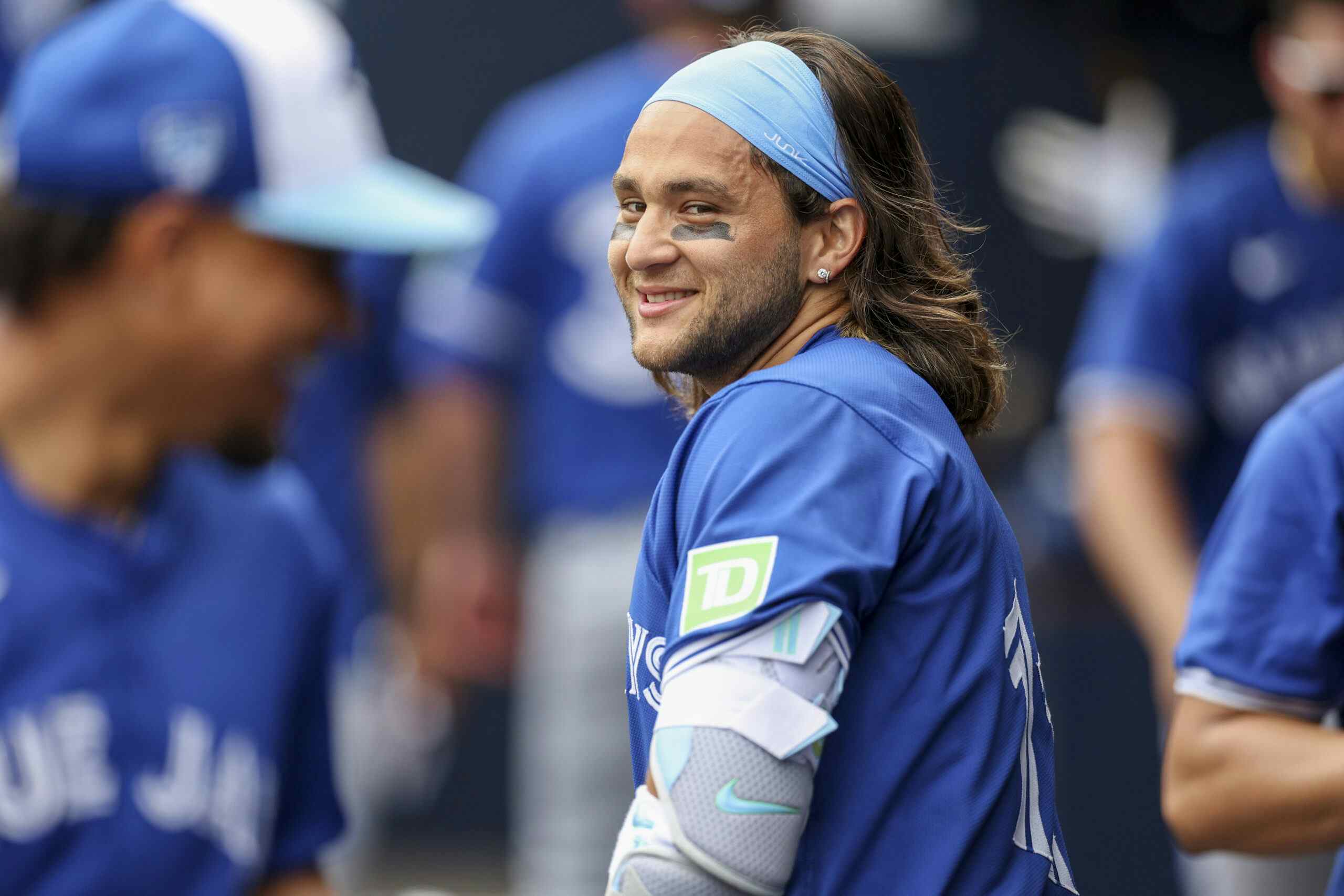Joey Murray “Rises” to Success

On the surface Joey Murray is a rather uninteresting prospect. He’s a 23 year old right-hander in Double-A who was an eighth round pick in 2018. He does not appear among the Blue Jays top 39 prospects at Fangraphs, and just cracked the team’s top 30 at MLB.com coming in at 28th. The reason for his low ranking is his lack of velocity. His fastball averages 90 mph, which is enough right there for him to be ignored as a prospect.
However what if I told you his fastball has been describes as an “invisiball” and looks something like this:
or this
and just in case you missed it, here it is again slowed down.
That pitch helped Murray record 169 strikeouts across three levels this season. That led all Blue Jays minor league pitchers and ranked seventh among qualified minor league pitchers. His 30.1% strikeout rate per Fangraphs, ranked 16th and showed he was more than just an accumulator. Murray pitched 137.1 innings across three levels, finishing the year in New Hampshire. Murray was fantastic in Dunedin putting up a 1.71 ERA with a 2.48 FIP and a 2.79 xFIP across 12 games and 11 starts. That earned him a promotion to Double-A where he thrived again.
Even with the increase in competition Murray continued to have success. He put up a 3.50 ERA with a 3.42 FIP and a 3.24 xFIP across nine games and eight starts. He struck out 52 batters in 43.2 innings, a 28.3% K rate and a 10.72 K/9. His numbers would have been even better if not for a rain shortened outing in his first start, where he faced three batters, allowing three hits and two runs. If you eliminate that start his ERA drops to 3.09. For someone who doesn’t throw hard that is very impressive.
The high rising fastball is a great pitch in today’s game. Tampa Bay has used it to build one of the better bullpens in the league.
You look the relievers on Tampa and others atop the rising fastball leader board, like Gerrit Cole and Justin Verlander, they all throw hard with fastballs averaging close to 95 mph and above. Murray does not have that velocity and if he did he would be right there with Nate Pearson as one of the game’s best pitching prospects. He doesn’t, but that shouldn’t spell despair for Murray or the Blue Jays.
Using baseball savant’s pitcher movement leader boards, there were 82 right-handers who threw 50 fastballs and had at least 10% more rise than average. Of those 82, 14 averaged below 92 mph. I created a custom leader board at Fangraphs of these 14 pitchers to get an idea how they performed at the MLB level. This gives us some context of what we might expect from Murray should he reach the big leagues. The results were a mixed bag.

Only four pitchers had a WAR above 1.0, but there are some successful pitchers on the list. You’ll notice that four of these pitchers pitched for Oakland, and Trevor Richards was acquired by Tampa Bay at mid-season. When two of the smartest teams in the league are acquiring and having pitchers like this you know it’s a valuable skill and their lack of velocity keeps them cheap. If they had the velocity, again you would be looking at pitchers like Cole or Verlander.
As a whole what makes this group of arms successful with below average velocity is more than just the rise they can get on their fastballs, they all have a very good breaking ball, and the ones that didn’t, did not last long in the majors. The poster child for this for Blue Jays fans is Marco Estrada, with that 90 mph fastball at the top of the zone and that diving change-up carving hitters up. Oakland tried to coax a little more out of Estrada but once his change lost effectiveness he was done.
The good news for Murray is he is more than just a fastball. His curveball and slider where both given a 50 grade by MLB.com and they look something like this.
Curveball
Slider
Murray also throws a change-up giving him a solid four pitch mix.
For how good Murray’s pitches are he doesn’t generate many swinging strikes. His swinging strike rate of 12.5% ranked 217th among qualified minor league pitchers. This is obviously a concern as swinging strike rate is highly correlated to strikeout rate. However this doesn’t automatically mean regression is coming to his strikeout rate. Pearson for example had an 11.9% swinging strike rate. What it means is the pitcher is likely getting a lot of called strikes or players are fouling balls off.
With Pearson it is certainly the former, when you throw 100 mph and have the stuff that he does, batters are going to take because they know they can’t do anything with those pitches. With Murray, given the stuff he has, he has to live on the edges and rely on getting borderline strikes from the umpire. Murray walks a fair amount of hitters, supporting this theory. He averages over three walks per nine and has had a 9.0% walk rate at every stop in the minor leagues, with the exception of his stint in Dunedin. With his fastball it is also very possible he gets more foul balls than the average pitcher as batter are unable to square it up as it rises.
Murray should start next season back at Double-A, and if he pitches well again it won’t be long before he is up to Buffalo, for another big test. Triple-A is full of former big leaguers who will take those borderline pitchers and with the new Triple-A ball home runs could be an issue. If Murray can overcome that and the invisiball can continue to get strikeouts Murray could find himself in Toronto sooner than later. If he is able to add a mile or two to his fastball, he could stick in the rotation and be a Major League starter. If not he could be a multi-inning reliever out of the pen. Regardless for a team like the Blue Jays who are in such need of pitching having a pitcher like Murray rise through the system is a huge asset in the building process.
Recent articles from Paul Berthelot





